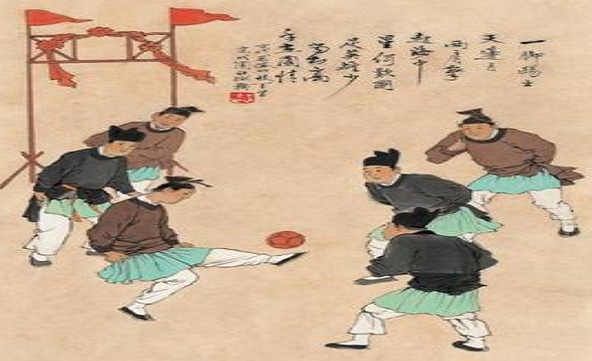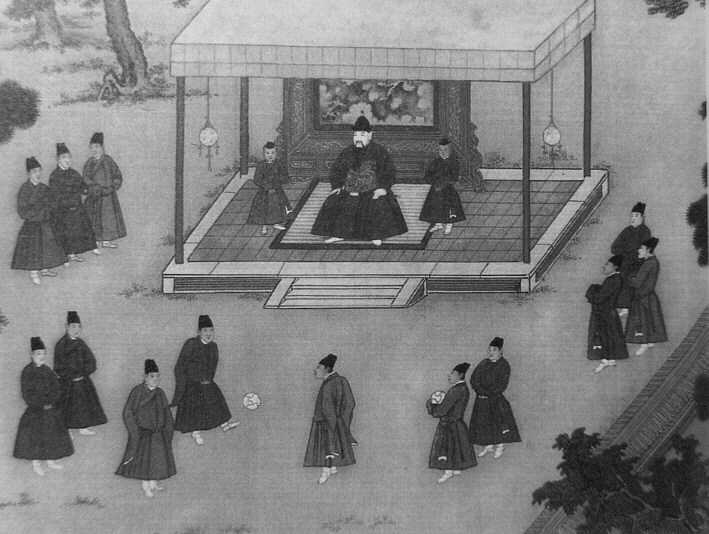In early November 2012, scientists announced the discovery of the Elixir of Life, at an international scientific conference held at the University in Kazakhstan. They took two years to develop the “Nar” a yoghurt based drink. The 72 year old, Kazakhstan President, Nursultan Nazarbayev, gave orders to the university's scientists to come up with an 'elixir of life', soon after the institution was established in 2009. British expert, Dr Jennifer Rampling, based in Cambridge said that this secretive yoghurt had been drunk by Nursultan and has prolonged his life. She even went further to suggest that they have now approached Queen Elizabeth to test the product. (http://www.telegraph.co.uk/science/9660827/Elixir-of-life-could-be-real-according-to-British-experts.html)
If the first emperor of unified China, Qin Shi Huang (born in 259 BC) were alive his response to last November’s scientific conference would be “I told you so”. Shi Huang Di in search for the illusive elixir sent the Daoist alchemist XuFu, together with 1000 men and women to the ‘Eastern States” in search for the elixir. They were instructed never to return without the elixir. They never came back. Legend has it that these 1,000 men and women resided on a large island and started their own community which is known today as Japan.
From time immemorial, rulers across continents had had a fascination with immortality believing that a certain potion drunk in a certain cup at a certain time will grant them eternal youth. In India, the Amrita, the elixir, has been described in Hindu scriptures. In Europe, the 18th century German nobleman, Count of St Germain, was also reputed to have the Elixir and to be several hundred years old and Frenchman Nicolas Flamel was also a reputed creator of the Elixir.
What a shame Qin Shi Huang didn't go West.
He died in 210 BC at the aged 49 – OR DID HE?
He gave up the search for the illusive elixir soon after the widespread introduction of Buddhism in China during his reign. Buddhism subscribes to the belief that we are learning souls and we continue to learn until we reach the ultimate goal – Nirvana. Until then we are reincarnated again and again to learn to be better souls. In short we never really die – we just keep coming back.

Kazakhstan and China has a common history back in 1200. Kazakhstan was part of the Mongol empire which stretched from China to Eastern Europe. Genghis Khan ruled Kazakhstan for almost 500 years and his grandson, Kublai Khan ruled China for 100 years. During this period trade, migration, cultural exchange and political imperialism created the biggest landlocked territory of ancient China.
Perhaps the President Nursultan Nazarbayev of Kazakhstan IS the re-incarnated Qin Shi Huang.
He gave up the search for the illusive elixir soon after the widespread introduction of Buddhism in China during his reign. Buddhism subscribes to the belief that we are learning souls and we continue to learn until we reach the ultimate goal – Nirvana. Until then we are reincarnated again and again to learn to be better souls. In short we never really die – we just keep coming back.

Kazakhstan and China has a common history back in 1200. Kazakhstan was part of the Mongol empire which stretched from China to Eastern Europe. Genghis Khan ruled Kazakhstan for almost 500 years and his grandson, Kublai Khan ruled China for 100 years. During this period trade, migration, cultural exchange and political imperialism created the biggest landlocked territory of ancient China.
Perhaps the President Nursultan Nazarbayev of Kazakhstan IS the re-incarnated Qin Shi Huang.









